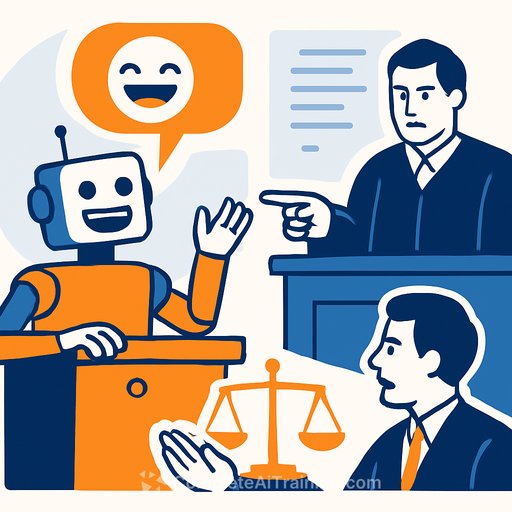AI can kickstart creativity - without replacing authors
Nigel Newton, chief executive of Bloomsbury, says more writers will lean on AI to jump-start ideas and break through stalls. His take is straightforward: AI can help almost every creative field get moving, but readers still want the voices they trust.
He points to a simple use case. "AI gets them going and writes the first paragraph, or first chapter, and gets them back in the zone." Helpful? Yes. A substitute for a name readers love? No.
What this means if you write for a living
Expect more low-effort content to flood the feeds. That makes authority valuable. Big names, dependable voices, and consistent quality become the filter readers rely on. Your brand matters more, not less.
Use AI as a starting gun, not a ghostwriter. It's a drafting assistant, not the author of your work. Keep the voice, judgment, and taste that readers come back for.
Practical ways to use AI without losing your voice
- Prompt a cold start: "Write three opening paragraphs for a thriller set in Reykjavík, moody tone, short sentences." Keep the best lines, rewrite the rest.
- Outline quickly: ask for scene beats, chapter arcs, or argument structures. Edit for flow and originality.
- Brainstorm ten alternate titles, hooks, taglines, or back-cover blurbs. Combine and refine.
- Pressure-test: "Find plot holes or weak claims in this chapter." Patch before you publish.
- Style guardrails: feed a short style sheet (tone, sentence length, banned clichés) so outputs stay closer to your voice.
- Fact-check and de-duplicate: verify key details and run originality checks before submission.
The market signal: print is sticky, social sells
Bloomsbury continues to ride blockbuster demand. Sarah J. Maas is a standout, and Harry Potter still moves units nearly three decades on. That's brand plus community in action.
Gen Z readers are driving a fresh wave for physical books, fueled by social discovery. Trends like BookTok on TikTok and Instagram recommendations are pushing series into the spotlight. For context on BookTok's impact, see TikTok's overview here.
Takeaway for writers: give readers something they're proud to display. A strong spine, a cohesive series, and packaging that feels collectible all help.
Rights and AI training: consent and compensation
Bloomsbury announced an AI licensing deal to supply academic works for training, with authors able to opt in and receive royalties. That opt-in model matters. Your work should not be used without permission.
If you're under contract, ask your agent or publisher:
- Is AI training usage opt-in by default? Where is it recorded?
- What royalties and reporting will I receive? How often?
- What content is in scope (editions, formats, translations)?
- Who audits usage and can I revoke consent later?
- Will attribution or metadata tie back to my work?
Your next 7-day plan
- Day 1-2: Build a one-page style sheet. Include tone, pacing, banned phrases, and 3-5 sample paragraphs.
- Day 3: Use AI to draft two alternate openings for your current piece. Keep 20%, rewrite 80%.
- Day 4: Outline the next chapter or article with scene/section beats. Add one unexpected twist sourced from AI brainstorming.
- Day 5: Run a "find weak points" prompt on yesterday's draft. Fix them.
- Day 6: Create a BookTok/Instagram hook list: five quotes, three tropes, one bold line readers will post.
- Day 7: Review your contract or ask for an addendum covering AI training rights (opt-in, rate, scope, audit).
Tools and training, if you want a shortcut
If you want vetted tools for drafting and editing, see this list of AI tools for copywriting. If prompts are slowing you down, these prompt courses can tighten your workflow.
Bottom line: use AI to start faster and edit sharper. Keep the voice readers trust. The authors who ship consistently, protect their rights, and show up where readers gather will keep winning.
Your membership also unlocks:






